How to Choose the Right 3D Printer for Your Business Needs Based on Industry Trends
In today's rapidly evolving technological landscape, selecting the right 3D printers for your business needs is more critical than ever. As industries continue to embrace additive manufacturing, the variety of 3D printing technologies and materials available can be overwhelming. This guide aims to demystify the decision-making process by examining current industry trends and their implications for various sectors. By understanding the specific requirements of your business and the capabilities of different 3D printers, you can make an informed choice that enhances productivity, reduces costs, and fosters innovation. Whether you're in manufacturing, healthcare, or product design, choosing the right 3D printer tailored to your industry's demands is essential for staying competitive and maximizing efficiency in your operations.
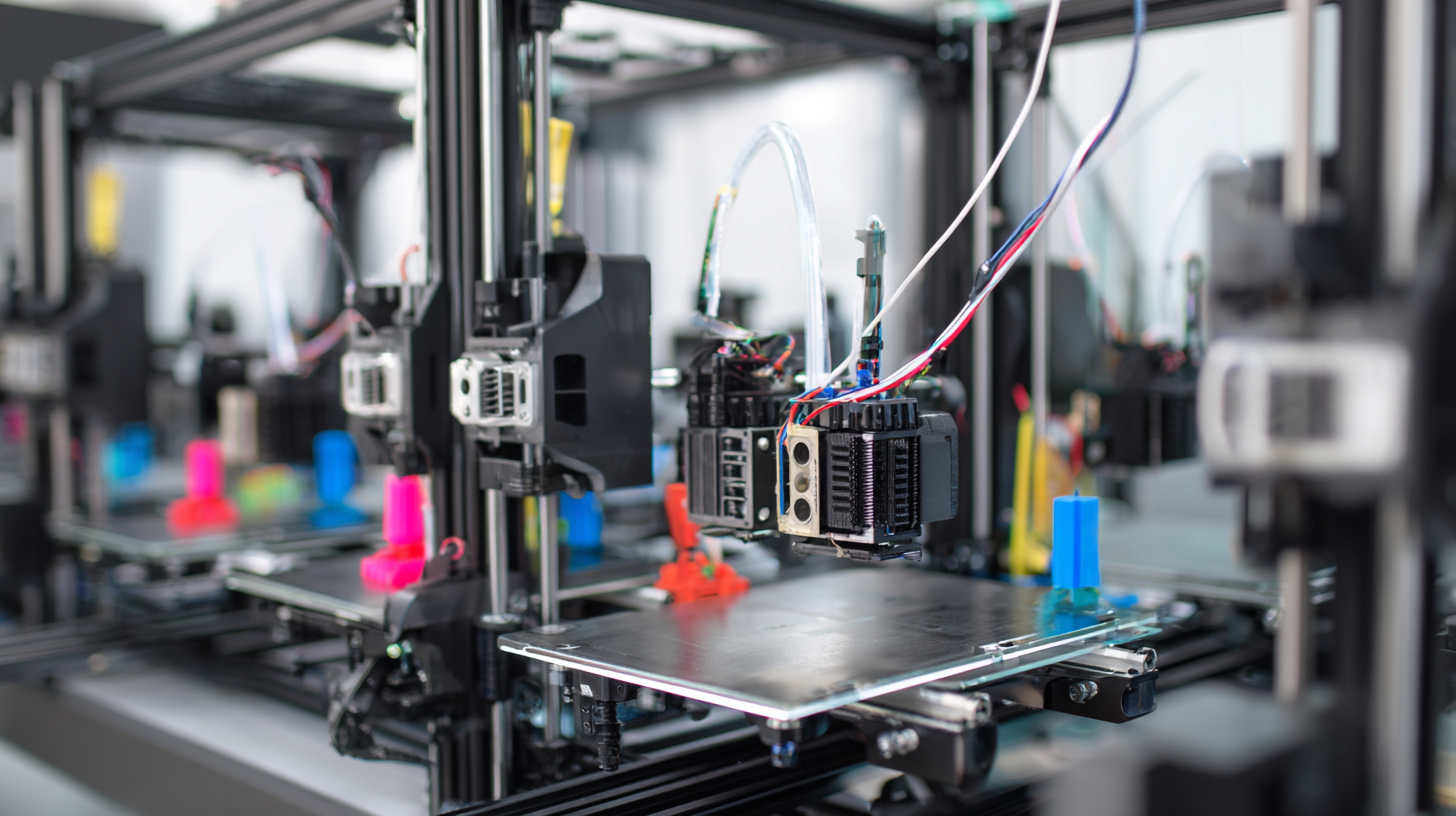
Understanding the Different Types of 3D Printers for Various Industries
The growth of the dental 3D printer market is significantly influenced by advancements in technology and the increasing demand for customized dental solutions. In the industry, printers are categorized primarily into in-office and in-lab types. In-office printers allow dental professionals to produce dental models, aligners, and prosthetics on-site, enabling faster turnaround times and greater customization. This convenience is particularly attractive as dental practices seek to enhance patient experience and satisfaction.
On the other hand, in-lab printers are designed for larger dental laboratories, where high-volume production is necessary. These printers often utilize advanced technologies such as Stereolithography (SLA) and Digital Light Processing (DLP) to achieve superior precision and detail in dental applications. The choice between in-office and in-lab printers typically hinges on the scale of operations and specific business needs. By understanding the nuances of each type and their corresponding technologies, dental professionals can better align their 3D printing capabilities with evolving industry trends and client expectations.
How to Choose the Right 3D Printer for Your Business Needs Based on Industry Trends
| Industry | 3D Printer Type | Material | Common Applications | Price Range (USD) |
|---|---|---|---|---|
| Aerospace | Fused Deposition Modeling (FDM) | Thermoplastics | Prototyping, tooling | $15,000 - $100,000 |
| Medical | Stereolithography (SLA) | Resins | Dental models, implants | $20,000 - $200,000 |
| Automotive | Selective Laser Sintering (SLS) | Powdered materials | Functional prototypes, production parts | $50,000 - $250,000 |
| Consumer Goods | Fused Filament Fabrication (FFF) | PLA, ABS | Prototyping, custom products | $200 - $5,000 |
| Fashion | PolyJet | Flexible resins | Fashion accessories, footwear prototypes | $30,000 - $150,000 |
Identifying Key Features to Look for in a Business-Grade 3D Printer
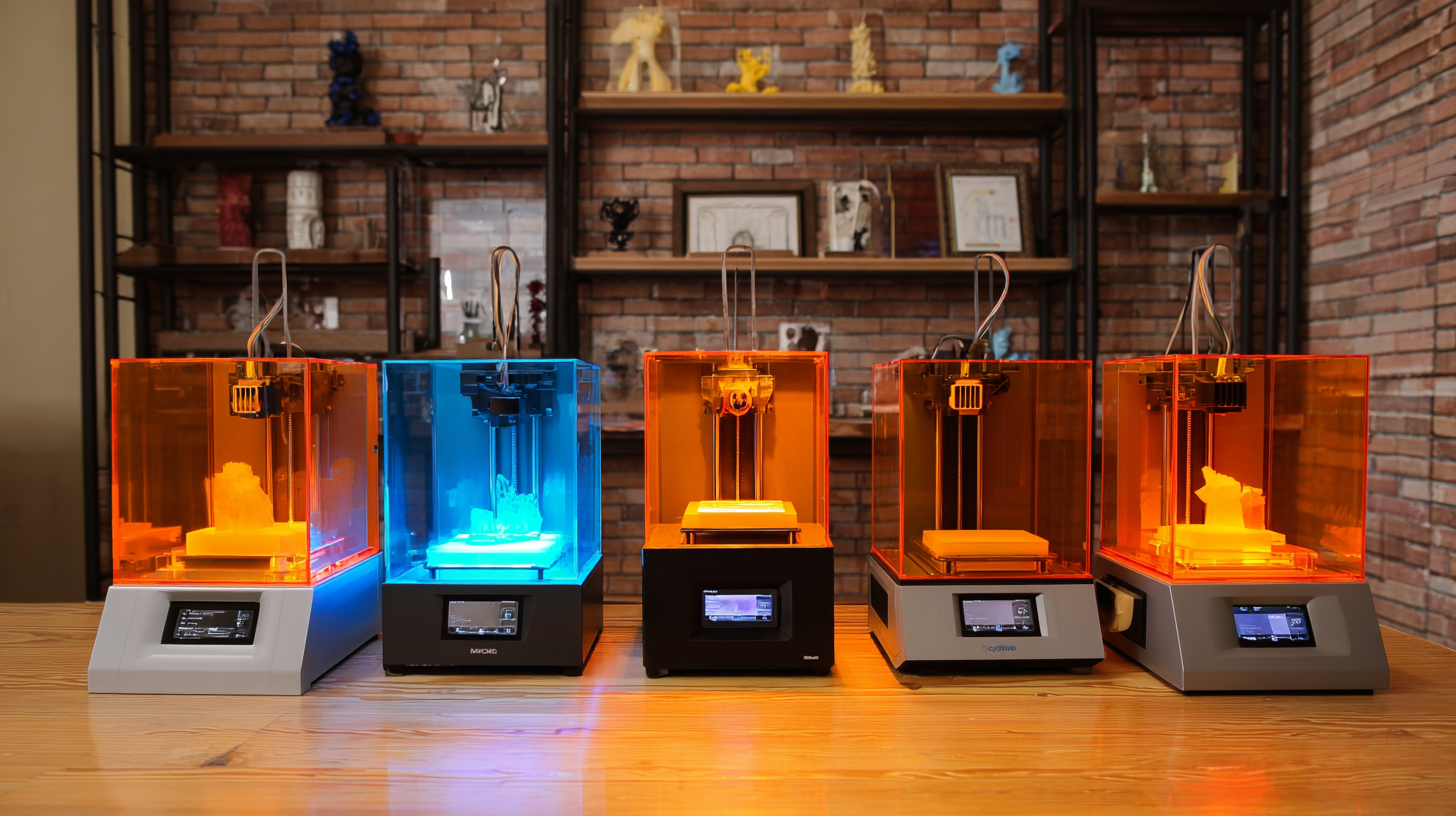 When selecting a business-grade 3D printer, it's crucial to identify the key features that align with your specific industry requirements. First, consider the printing technology. FDM (Fused Deposition Modeling) printers are versatile and cost-effective, making them ideal for prototypes, while SLA (Stereolithography) printers offer high precision for detailed models, suitable for industries like jewelry or dental. Assessing the material compatibility is equally important, as some printers excel with plastics, while others can handle metals or ceramics, broadening your application possibilities.
When selecting a business-grade 3D printer, it's crucial to identify the key features that align with your specific industry requirements. First, consider the printing technology. FDM (Fused Deposition Modeling) printers are versatile and cost-effective, making them ideal for prototypes, while SLA (Stereolithography) printers offer high precision for detailed models, suitable for industries like jewelry or dental. Assessing the material compatibility is equally important, as some printers excel with plastics, while others can handle metals or ceramics, broadening your application possibilities.
Tips: Look for a printer that allows for easy material changes to adapt to diverse project needs. Additionally, a printer with a larger build volume can accommodate bigger designs, reducing the need for assembly.
Another significant feature is the software compatibility. The best 3D printers come with user-friendly software that simplifies the design process and integrates seamlessly with CAD programs. Moreover, consider the printer’s reliability and support services, as downtime can directly impact productivity and revenue.
Tips: Check for community support and available resources, as well as warranty options, to ensure you have assistance when needed. Prioritize printers that offer upgradable features to keep pace with evolving technology and industry standards.
Evaluating Cost vs. Performance: Making the Right Investment for Your Needs
When selecting a 3D printer for your business, evaluating cost versus performance is crucial to making an informed investment. The initial purchase price of a 3D printer can vary greatly, depending on features, technology, and capabilities. However, beyond the upfront costs, it's essential to consider long-term operational expenses, including materials, maintenance, and any necessary software. A higher-priced machine may offer advanced features that enhance productivity and precision, ultimately leading to cost savings in production over time.
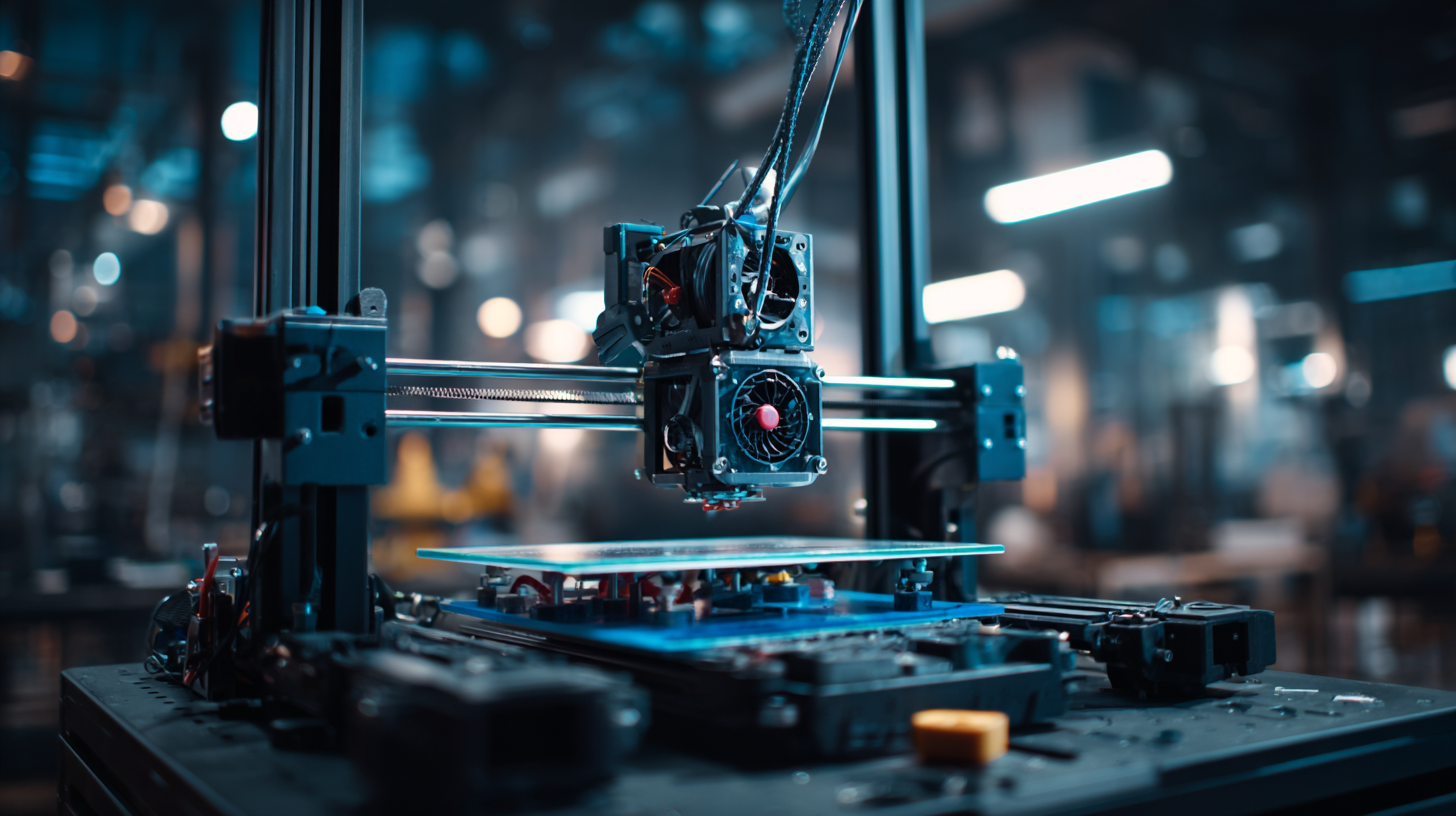
Additionally, assessing performance metrics such as printing speed, layer resolution, and material versatility can help you align the printer's capabilities with your specific business needs. For instance, an industry requiring rapid prototyping may prioritize printers that offer speed and efficiency, while companies focused on high-detail models may need to invest in a more expensive machine that delivers superior accuracy. By balancing these factors, businesses can ensure that they choose a 3D printer that not only fits within their budget but also meets their operational demands, fostering growth and innovation in the competitive landscape.
Staying Ahead: How Industry Trends Influence 3D Printer Selection
In today’s rapidly evolving manufacturing landscape, understanding industry trends is crucial for selecting the right 3D printer tailored to your business needs. Each sector, whether it be healthcare, automotive, or aerospace, showcases unique demands that shape the functionalities of 3D printing technologies. For instance, the healthcare sector often requires printers capable of producing biocompatible materials for applications like prosthetics and customized implants, whereas the automotive industry may prioritize high-speed printing capabilities and durable composites that can withstand rigorous testing.
Additionally, staying attuned to emerging trends, such as increased sustainability and the demand for smart manufacturing, can further influence your choice of 3D printer. Companies looking to reduce their carbon footprint might opt for printers that utilize eco-friendly materials or enable efficient waste management. Similarly, the rise of Industry 4.0 and connected processes calls for printers that integrate seamlessly with existing digital workflows, enhancing productivity and reducing lead times. By aligning your 3D printer selection with these industry trends, your business can not only meet current market demands but also position itself for future advancements.
3D Printer Selection Trends by Industry in 2023
Future-Proofing Your Purchase: Choosing 3D Printers with Upgradable Technology
When selecting a 3D printer for your business, considering future-proofing elements is essential. Upgradable technology can significantly extend the life of your investment, allowing you to adapt to changing industry demands and advancements in 3D printing capabilities. Look for printers that offer modular upgrades for key components such as print heads, extruders, or even software. This flexibility ensures your printer can evolve alongside your business, accommodating new materials or enhanced printing processes without the need for a complete replacement.
Additionally, opting for a 3D printer with a strong community and support network can help you stay abreast of the latest trends and technologies. Many manufacturers offer regular firmware updates and add-ons that can enhance printer performance and functionality. By choosing a model that readily integrates these updates, you can safeguard your operation against obsolescence. As industries continue to innovate, having a 3D printer that is not only capable but also adaptable will position your business to leverage emerging opportunities in design, manufacturing, and beyond.
Related Posts
-
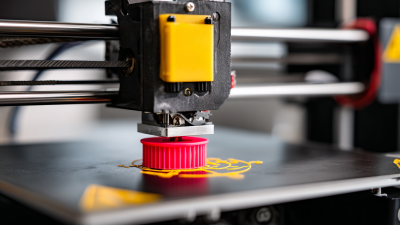
Navigating Export Certifications for the Best Home 3D Printer and What You Need to Know
-
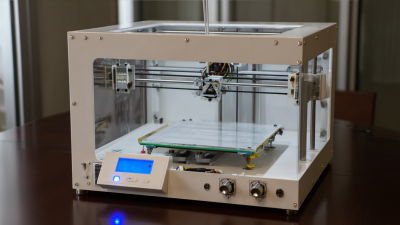
China Leading the World with the Best 3D Printing Machines
-
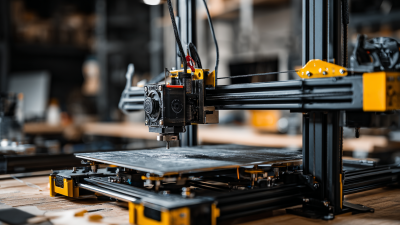
Ultimate Guide to Finding the Best Professional 3D Printer for Your Business Needs
-
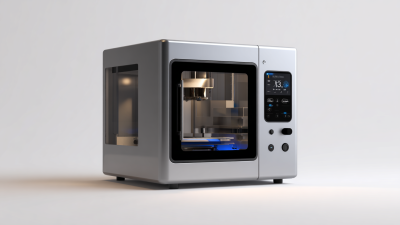
Unlocking the Secrets to the Best 3D Systems Printers for Your Business Needs
-
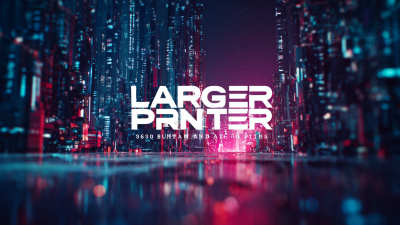
Understanding the Benefits of the Best Large 3D Printer for Global Buyers
-
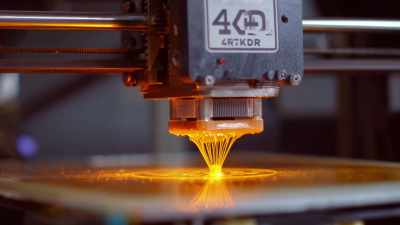
The Future of Creating Innovative Solutions with the Best 3D Machine Printer